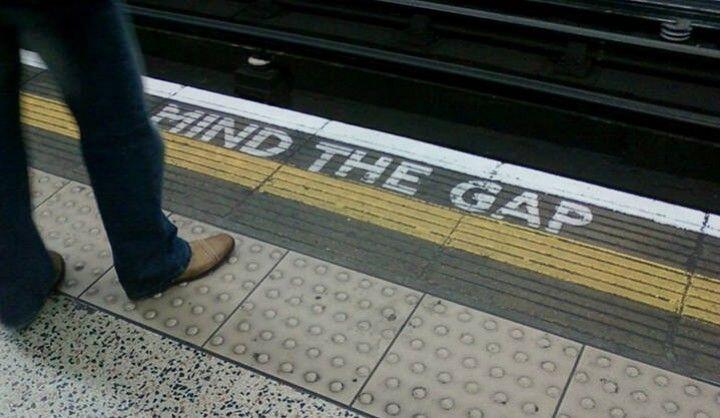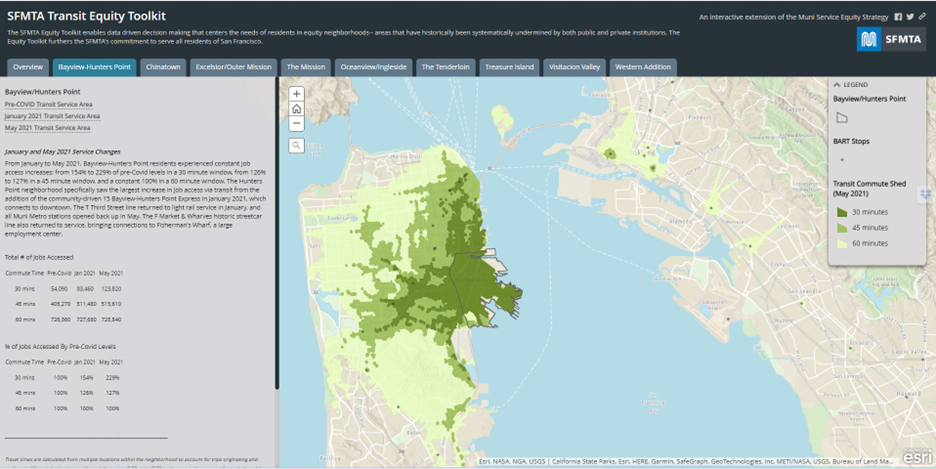- April 11, 2013
- Transportation
Ask transit commuters where the greatest challenges exist in their daily commute, and they will be able to tell you without hesitation which stations and transit lines slow down their daily travel. But short of canvassing system riders to get a better sense of where those blockages exist, how do system operators identify and fix these chokepoints?
Back in 2011, Transport for London, the transit agency behind the London Tube, collaborated with a group from the University College of London to study the daily operations of the subway system via the familiar Oyster fare card.
The result was a paper detailing how the commuting patterns of individuals coalesce into a massive, crowded network of movement on the Tube, resulting in congestion and strain at important system hubs. The smart card Oyster system allows researchers to collect data on the journeys of individual travelers (with the assurance of safeguards to protect customer privacy) to understand the complex dance of the metro system.
Critically, for a large global city like London, the transit system is not structured around one or two large stations, but around a large number of essential hub stations; in other words, the city is polycentric, with multiple centers, in contrast to older mathematical models of cities that assume a monocentric city model with a single downtown center.
Why does this matter for policymakers working to solve real-life challenges? The data collected in such studies provides the necessary data to accurately model the actual conditions of the city. The Oyster card, relatively innocuous plastic card that it is, can provide Transport for London with some amazingly useful information.
And, as an explanatory video below details, the data visualization that the study produced allows researchers to model the effects of various situations on congestion patterns; now planners can determine exactly would happen if mechanical failures were to slow trains on a particular line or cause other service problems
The study highlights far more than just the ability of data to improve transit agencies’ understanding of congestion and movement patterns in their rail and bus systems; it speaks to the broader ability of data to improve upon policymakers’ initial assumptions. The polycentric nature of the Tube, for instance, is a defining factor in mitigating congestion patterns, yet data is necessary to quantify exactly how that polycentricity plays out in practice.
Data allows transit agencies to more accurately address problems by clarifying the nature of the problem itself. All from a simple tap of an Oyster Card.


 Nick Carney is a Masters in Public Policy candidate at the Harvard Kennedy School of Government and a Public Service Fellow. He is concentrating in Social and Urban Policy and has previously worked in clean energy policy and mixed-use, urban real estate development. Nick is particularly fascinated by transportation, land-use, and education policy, and with his sister runs a literacy nonprofit called Breaking the Chain.
Nick Carney is a Masters in Public Policy candidate at the Harvard Kennedy School of Government and a Public Service Fellow. He is concentrating in Social and Urban Policy and has previously worked in clean energy policy and mixed-use, urban real estate development. Nick is particularly fascinated by transportation, land-use, and education policy, and with his sister runs a literacy nonprofit called Breaking the Chain.


